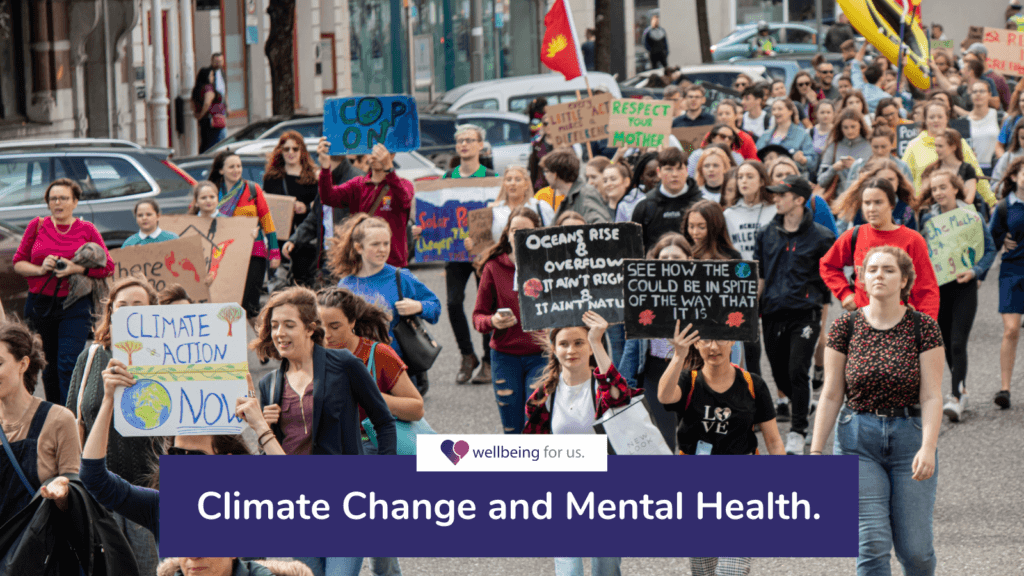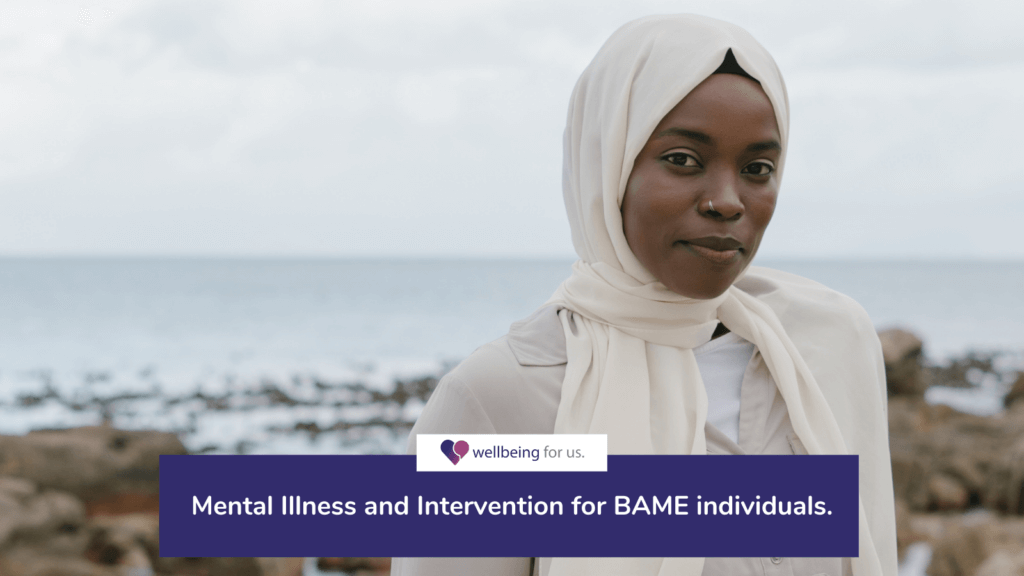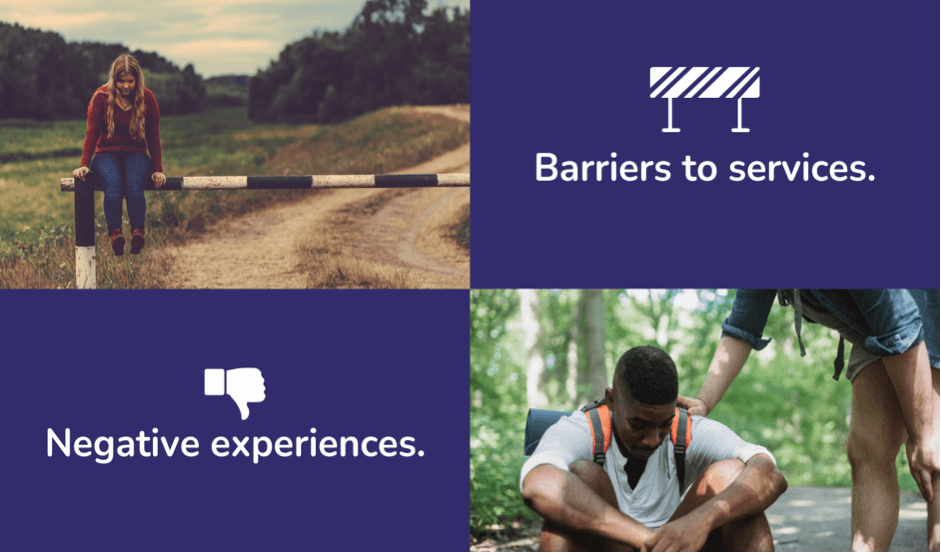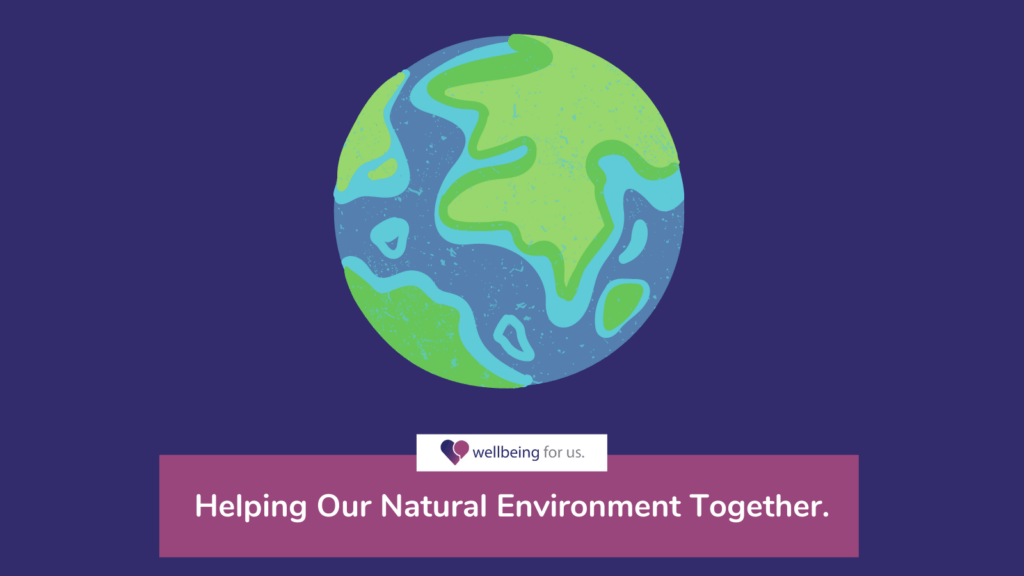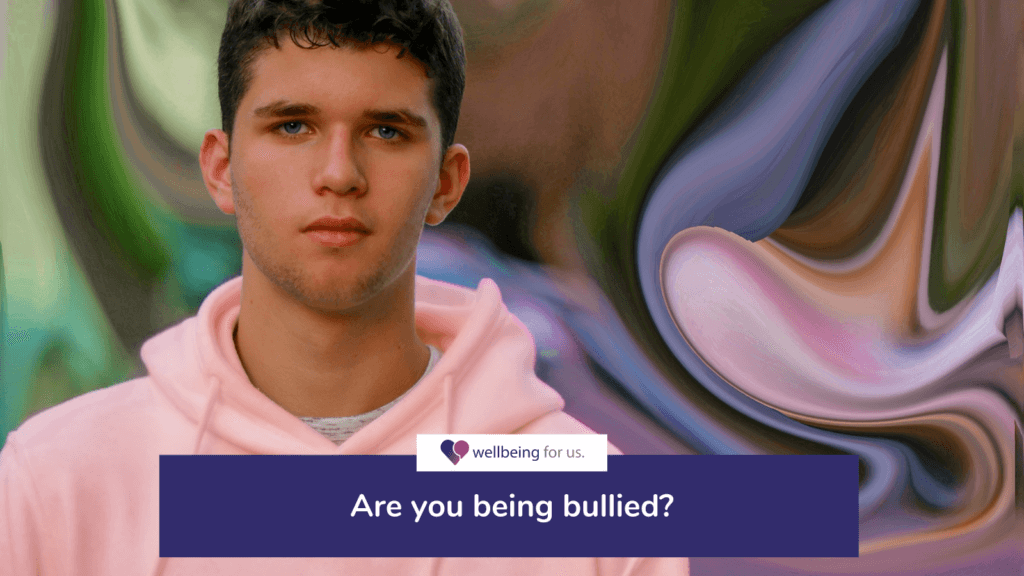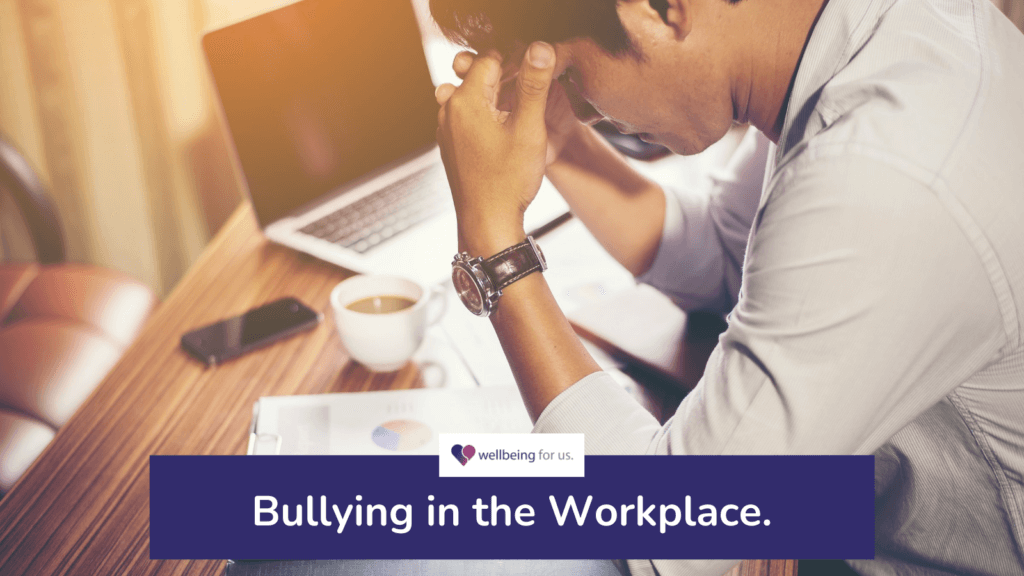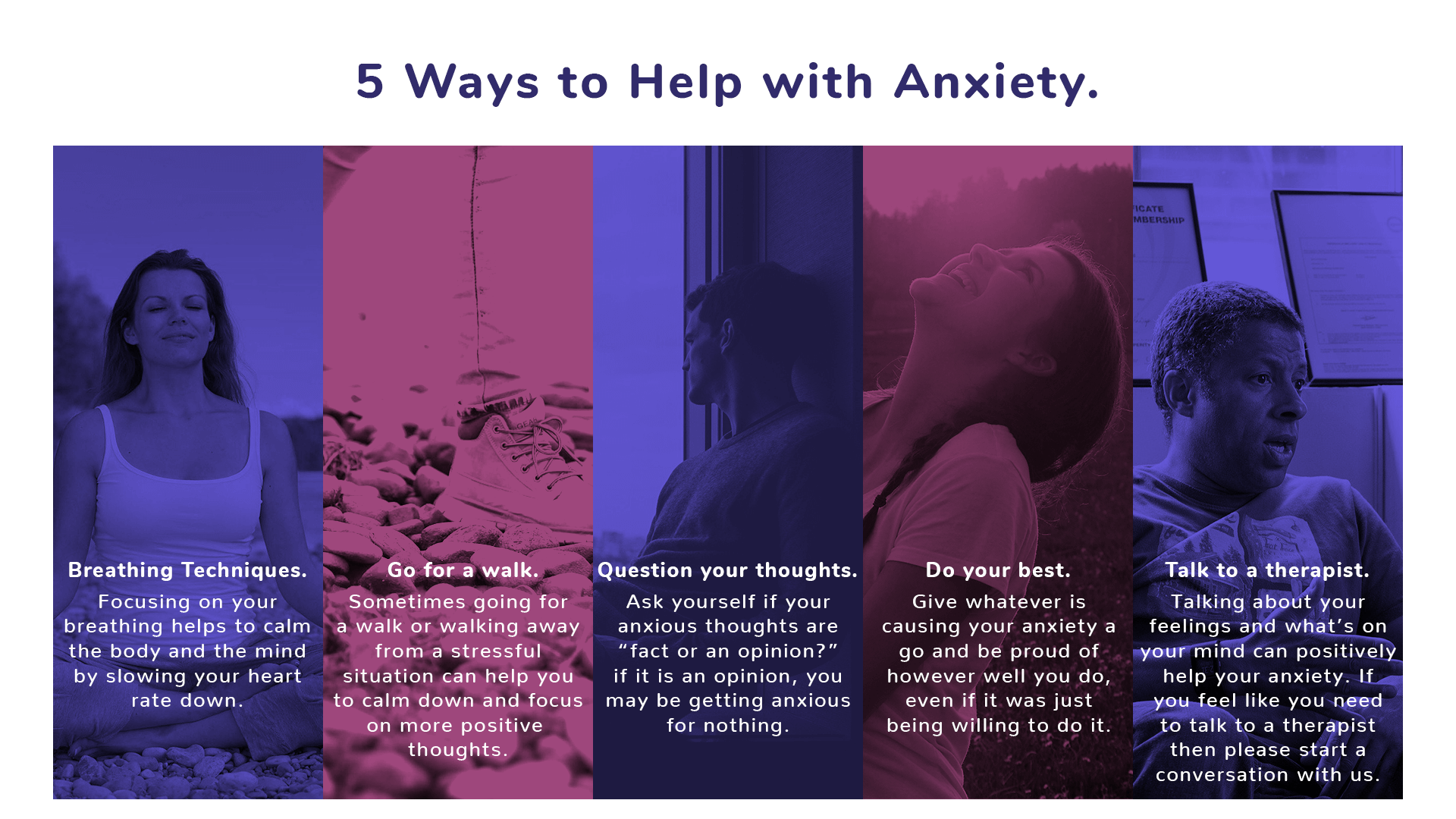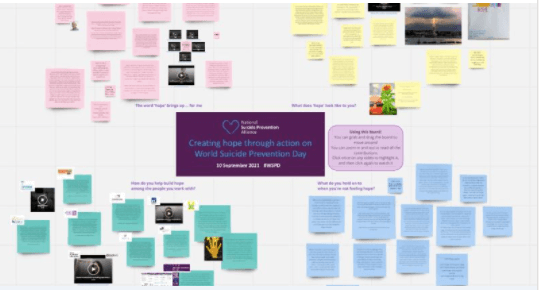Bipolar
What is Bipolar Disorder?
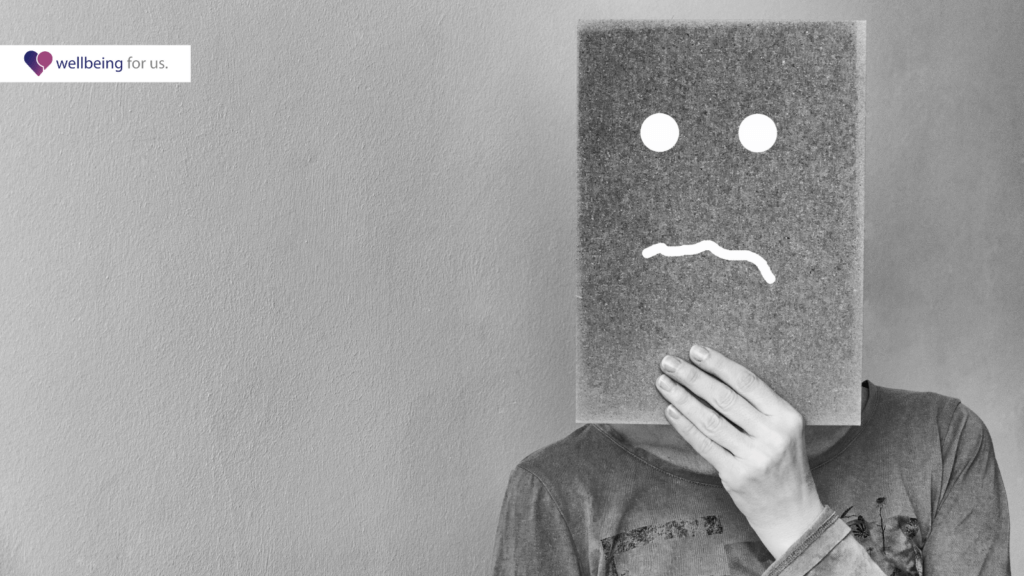
Bipolar is a common mood disorder characterised by episodes of mania and depression that can suddenly come on and last for week or months:
- Mania: This is manifested in extreme optimism, self-esteem and positivity which are part of an overwhelming sense of euphoria. This may seem like a positive mood change but the goal directed energy that comes with mania can cause irrational and inconsiderate behaviours such as reckless driving or misinformed investments. These are not ‘normal’ periods of happiness and involve uncontrollable delusions of grandeur and exhaustion from no sleep and hyperactivity. Given this heightening of emotions, an individual with bipolar may experience a period of psychosis too, during which they lose contact with reality, with delusions and hallucinations being common as well as incoherent speech.
- Depression: This can be seen in extreme lows in mood, motivation, lethargy, and a general sense of hopelessness, which can often come immediately after a manic episode.
Types of Bipolar:
- Bipolar I: This type of bipolar involves periods of mania, depression, and other negative moods. The mania is very acute, often accompanied by psychosis and has a very severe effect on daily functioning and often leads to hospitalisation.
- Bipolar II: Like bipolar one, bipolar two still involves depressive and manic episodes which alternate but they are typically less severe. For example, individuals with bipolar two will experience brief episodes of hypomania which are less extreme than manic episodes. For most individuals with bipolar two, depressive episodes tend to be more difficult than the hypomanic episodes and are often equally as severe as in bipolar one.
Causes and Risk Factors:
- Genetics: Being a relative of someone with bipolar can increase the risk of the disorder developing in others in the family by as much as 18 times[1]. As with other mental disorders, there is no one gene that causes bipolar and while there are high risk alleles, these are nonspecific in that that are also linked to depression and schizophrenia risk[2][3]
- Environmental triggers: Adverse life experiences such as bereavement, relationship breakdown and childhood abuse increase vulnerability to bipolar[4][5]. Concussions and traumatic head injuries can also increase the risk of bipolar developing[6]
- Neurotransmitter Levels: Abnormal levels of certain neurotransmitters in the brain such as noradrenaline, serotonin and dopamine can trigger bipolar behaviours such as mania and depression. For example, elevated levels of noradrenaline have been linked to manic episodes and low levels of noradrenaline are a factor in depressive episodes[7][8]
Diagnosis
Diagnosis of bipolar can be very difficult given the differences between bipolar one and two and the similarity of symptoms in other disorders such as anxiety, ADHD, and manic-depressive disorder. This unfortunately means clinicians may fail to diagnose a case of bipolar in a patient. Given these complexities and different treatments that are needed according to the behaviours presented, the International Classification of Diseases (ICD 10) makes different diagnoses according to which bipolar behaviours are being displayed by the individual, including:
- F31.2: Bipolar affective disorder, current episode manic with psychotic symptoms: “The patient is currently manic, with psychotic symptoms and has had at least one other affective episode (hypomanic, manic, depressive, or mixed) in the past.”[9]
- F31.4: Bipolar affective disorder, current episode severe depression without psychotic symptoms: “The patient is currently depressed, as in severe depressive episode without psychotic symptoms (F32.2), and has had at least one authenticated hypomanic, manic, or mixed affective episode in the past.”[10]
Treatments
Treatments are key as those with bipolar are at high risk of self-harm and suicide especially during manic and depressive episodes[11]. Medication is commonly used, as well as cognitive behavioural therapy:
- Mood stabilisers can be very effective, especially in stopping a manic episode and reducing suicide risk. Lithium salts are the most commonly used mood stabiliser for bipolar and can be continued to be used as a long-term solution, but this comes with a number of health risks such as thyroid dysfunction and chronic kidney disease[12]. These potential negative health risks need to be weighed against the long-term benefit of mood stabilisation that lithium can offer, as well as the withdrawal from it that can increase risk of another manic episode occurring, especially if done abruptly[13].
- Antipsychotics: These are effective in treating mania symptoms such as hallucinations and delusions and are commonly used in addition to lithium, or as an alternative if the patient is not responsive to lithium[14]. However, antipsychotics can also bring negative side effects such as increased risk of heart disease and strokes[15].
- Antidepressants: Selective serotonin reuptake inhibitors (SSRIs) have been used as an antidepressant for bipolar. However, their efficacy is very mixed, with research finding they can increase risk of a manic episode but are effective in treating depression in those with bipolar II[16]
- Cognitive Behavioural Therapy (CBT): CBT is typically paired with medication and while it is not suited to deal with an acute manic episode, it can help the client to process the anxiety that may come from the fallout of a manic episode, such as financial issues or damaged social relationships[17]. CBT can also help the individual overcome depressive episodes through techniques such as stress management, thus reducing rates of relapse[18][19]
[1] Smoller, J. W., & Finn, C. T. (2003, November). Family, twin, and adoption studies of bipolar disorder. In American Journal of Medical Genetics Part C: Seminars in Medical Genetics (Vol. 123, No. 1, pp. 48-58). Hoboken: Wiley Subscription Services, Inc., A Wiley Company.
[2] Green, E. K., Grozeva, D., Jones, I., Jones, L., Kirov, G., Caesar, S., Gordon-Smith, K., Fraser, C., Forty, L., Russell, E., Hamshere, M. L., Moskvina, V., Nikolov, I., Farmer, A., McGuffin, P., Wellcome Trust Case Control Consortium, Holmans, P. A., Owen, M. J., O’Donovan, M. C., & Craddock, N. (2010). The bipolar disorder risk allele at CACNA1C also confers risk of recurrent major depression and of schizophrenia. Molecular psychiatry, 15(10), 1016–1022. https://doi.org/10.1038/mp.2009.49
[3] Gordovez, F.J.A., McMahon, F.J. The genetics of bipolar disorder. Mol Psychiatry 25, 544–559 (2020). https://doi.org/10.1038/s41380-019-0634-7
[4] Garno, J. L., Goldberg, J. F., Ramirez, P. M., & Ritzler, B. A. (2005). Impact of childhood abuse on the clinical course of bipolar disorder. The British Journal of Psychiatry, 186(2), 121-125.
[5] Hosang, G. M., Korszun, A., Jones, L., Jones, I., McGuffin, P., & Farmer, A. E. (2012). Life-event specificity: bipolar disorder compared with unipolar depression. The British Journal of Psychiatry, 201(6), 458-465.
[6] Mortensen, P. B., Mors, O., Frydenberg, M., & Ewald, H. (2003). Head injury as a risk factor for bipolar affective disorder. Journal of affective disorders, 76(1-3), 79-83.
[7] Kurita, M., Nishino, S., Numata, Y., Okubo, Y., & Sato, T. (2015). The noradrenaline metabolite MHPG is a candidate biomarker between the depressive, remission, and manic states in bipolar disorder I: two long-term naturalistic case reports. Neuropsychiatric Disease and Treatment, 11, 353.
[8] Wiste, A. K., Arango, V., Ellis, S. P., Mann, J. J., & Underwood, M. D. (2008). Norepinephrine and serotonin imbalance in the locus coeruleus in bipolar disorder. Bipolar disorders, 10(3), 349-359.
[9] International Statistical Classification of Diseases and Related Health Problems (10th ed,; 5th Revision; ICD-10; World Health Organization, 2016).
[10] International Statistical Classification of Diseases and Related Health Problems (10th ed,; Fifth Revision; ICD-10; World Health Organization, 2016).
[11] Jamison, K. R. (2019). Suicide and bipolar disorder. The Science of Mental Health, 115-119.
[12] Volkmann, C., Bschor, T., & Köhler, S. (2020). Lithium Treatment Over the Lifespan in Bipolar Disorders. Frontiers in psychiatry, 11, 377. https://doi.org/10.3389/fpsyt.2020.00377
[13] Tondo, L., Alda, M., Bauer, M. et al. Clinical use of lithium salts: guide for users and prescribers. Int J Bipolar Disord 7, 16 (2019). https://doi.org/10.1186/s40345-019-0151-2
[14] Geddes, J. R., & Miklowitz, D. J. (2013). Treatment of bipolar disorder. The lancet, 381(9878), 1672-1682.
[15] Citrome, L., Collins, J. M., Nordstrom, B. L., Rosen, E. J., Baker, R., Nadkarni, A., & Kalsekar, I. (2013). Incidence of cardiovascular outcomes and diabetes mellitus among users of second-generation antipsychotics. The Journal of clinical psychiatry, 74(12), 8870.
[16] Gitlin, M.J. Antidepressants in bipolar depression: an enduring controversy. Int J Bipolar Disord 6, 25 (2018). https://doi.org/10.1186/s40345-018-0133-9
[17] Palmier‐Claus, J., Wright, K., Mansell, W., Bowe, S., Lobban, F., Tyler, E., … & Jones, S. (2020). A guide to behavioural experiments in bipolar disorder. Clinical Psychology & Psychotherapy, 27(2), 159-167.
[18] Geddes, J. R., & Miklowitz, D. J. (2013). Treatment of bipolar disorder. The lancet, 381(9878), 1672-1682.
[19] Colom, F., & Vieta, E. (2004). A perspective on the use of psychoeducation, cognitive‐behavioral therapy and interpersonal therapy for bipolar patients. Bipolar Disorders, 6(6), 480-486.

